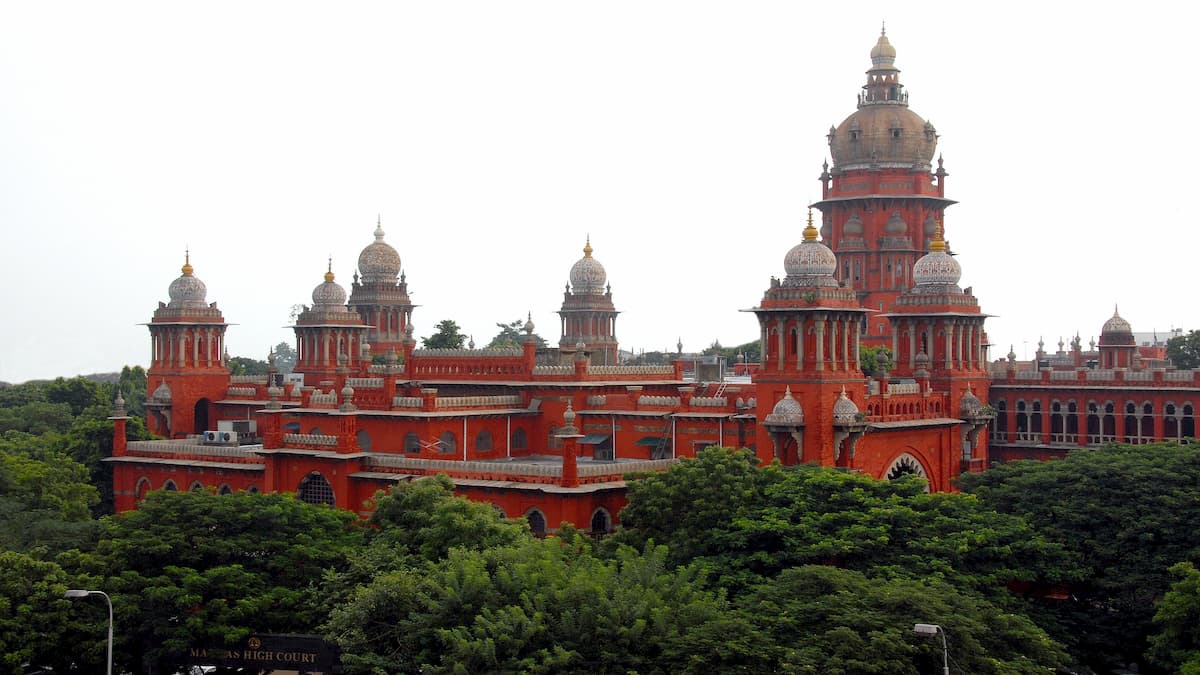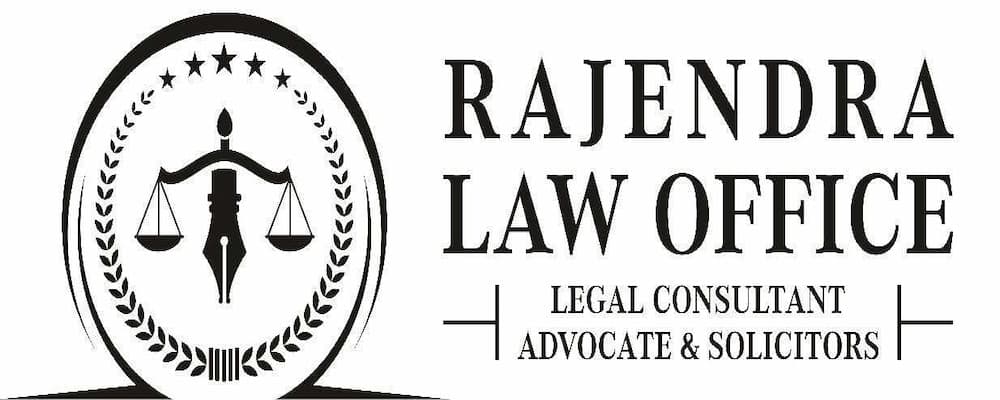Second AgniPariksha
Plaintiff does not need to undergo ‘Second AgniPariksha’ according to Malicious prosecution. The defendant had to let go of the onus once shifted to him: Madras High Court
Assessment relating to the ‘proof burden’ in evil prosecution, Madras High Court
In a significant assessment relating to the ‘proof burden’ in evil prosecution, Madras High Court has argued. It argued that the plaintiff needs not to undergo ‘AgniPariksha’ a second time. It is the defendant who has to let go of his responsibilities as soon as it shifts to him.

The judge observed that there was no doubt that the initial burden of evidence was only on the plaintiff. Mere release in the alleged false case by itself was not enough. He’s obliged to prove that the prosecution is without “reasonable causes and possibilities”. He must prove that it was with evil intentions and that he suffered damage.
Satdeo Prasad v. Ram Narayan, Air 1969
Yet, Plaintiff cannot be called to prove the negative. The Reliance was on Satdeo Prasad v. Ram Narayan, Air 1969 Pat 10. He held that when the accusation of the plaintiff was the same as the violations claimed by the defendant. He had seen it committing and the trial ended in merit. The assumption was that there was no reasonable reason. There was no possibility of allegations.
In the instant case, the defendant had determined criminal law on the Plaintiff. He determined by accusing Plaintiff that he entered his shop, brandishing a knife, and threatened him.
After acquittal, Plaintiff institutionalized a lawsuit for malicious prosecution. It came to be dismissed by the trial court but permitted by the first appeals court. It was later taken as an instant appeal as a preference by the defendant’s massacre.
Matrimonial dispute of Plaintiff’s son
The original Plaintiff (respondent here) states his involvement in the case of fake crimes by the defendant (Appellant here). The plaintiff questioned the way in which the local mosque was administered. The defendant happened to be a brother-in-law of the president of the mosque; The defendant had approached Plaintiff. He approached in connection with the Matrimonial dispute of Plaintiff’s son. but Plaintiff rejected mediation efforts.
The defendant(Appellant herein) handed over that Plaintiff had a legal burden. Legal burden to determine that prosecution’s malice. And the defendants did not have a reasonable cause to submit complaints. The Plaintiff (respondents here) argued. That even according to the defendants, the relationship between the parties is bitter. According to him, the element of his malice was clear. Thus, the first appellate court reversed the trial court’s decision.
complaints reasonable and possible causes
The evidence read was added on both sides before the court. The single bench concluded that the defendant did not have a cause at all. It decided because of providing complaints, especially reasonable and possible causes. It noted the accusation, Plaintiff had entered the defendant’s shop to threaten him. “Because the place of occurrence is a shop, it will definitely attract attention. The complaints are in process before the local police. But, the first defendant approached the district superintendent of police only the next day. He had submitted a written complaint provided by the first defendant. Later it was sent by post,” it conveys.
Furthermore, the defendant claims that the incident was in front of another defendant. He had also visited the store to accompany the defendant to the mosque. “But, only the 6th defendant is DW.2. But DW.2 did not say a word about the incident concerned. He only rolled over the tensions between the parties. And also tensions caused by the matrimonial disputes between Plaintiff’s son and daughter-in-law. In other words, to support the criminal content, except the testimony of the first defendant, there is no relationship that occurs. “
malicious prosecution
The Single bench said that it is also impossible to believe that at 09.00 pm. It determined that the other defendant can’t come to the first defendant’s shop to accompany the mosque to offer Namaz. And coincidentally witnessed the occurrence. “As observed, Plaintiff could only state that neither he nor his son go to the first defendant’s shop or threaten him. He could only overthrow that the accusation of him was wrong. The Plaintiff for malicious prosecution did not need to show that he was innocent on charges where he’s trying “It held. Further observed, “It is clear that the management of the mosque wants to teach the plaintiff harsh lessons. There is no cause at all. It’s because of providing complaints, especially the reasonable causes and possibilities. In fact, The first appeal found that Plaintiff had proven that all ingredients are malicious evil.”
Plaintiff does not have a cause of action against the defendants
The High Court also stipulates that a lawsuit for malicious prosecution will lie only against that person at the time of the instigation carried out by the process, and not with the witnesses.”The question is who becomes the prosecutor. In that case, only the first defendant gave complaints to the Plaintiff and his son. Other defendants were undoubtedly supporting the prosecution but they were only witnesses. By the way, D1 to D6 does not move to the court. Without a stretch of the imagination, they can be said to have to demand the Plaintiff. If according to Plaintiff, they have committed
perjury, the actions must be taken against them must be different. Finally, I adhere to the plaintiff does not have the cause of actions against the defendant 2 to 6, “he ordered.

